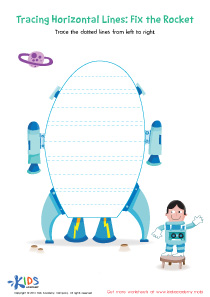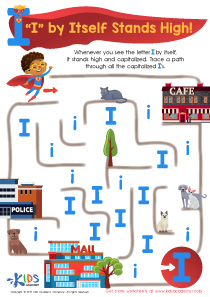Alphabet tracing Normal Alphabet Worksheets for Ages 5-6
5 filtered results
-
From - To
Discover our Alphabet Tracing Worksheets, perfect for children aged 5-6! These engaging worksheets help young learners practice writing each letter of the alphabet in both uppercase and lowercase. Each sheet provides clear tracing lines, fun activities, and colorful illustrations to keep kids motivated. Designed to develop fine motor skills and letter recognition, our alphabet tracing worksheets make learning fun and effective. Encourage your child’s early literacy journey with these printable, easy-to-follow resources. Ideal for home or classroom use, they support learners in building a strong foundation in writing and reading. Visit now to download and print!
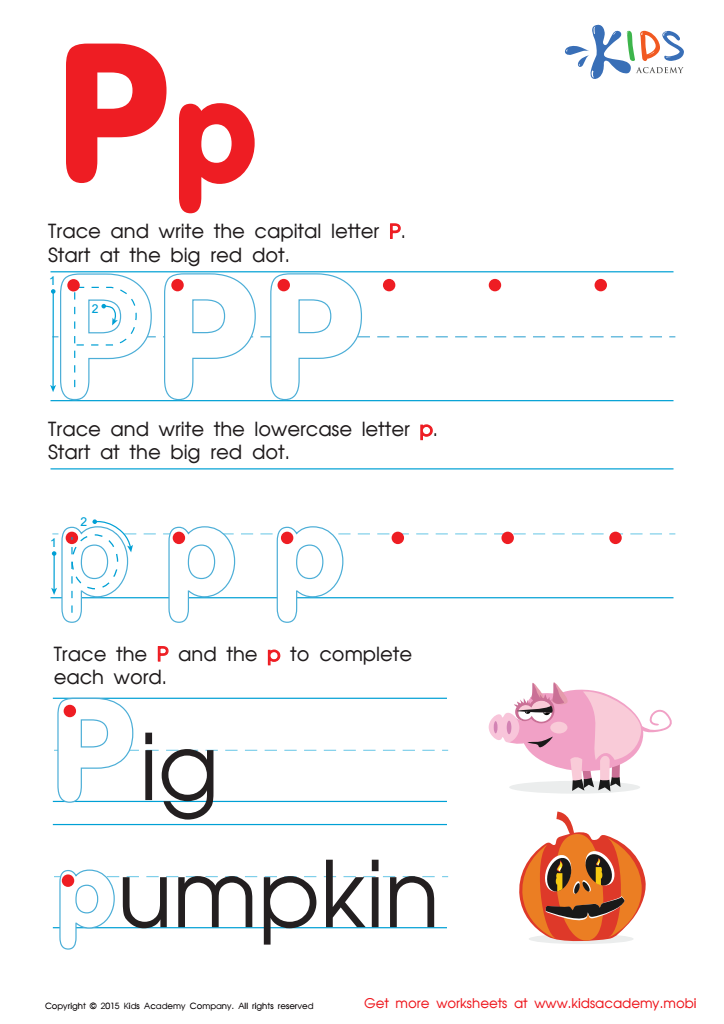

Letter P Tracing Page
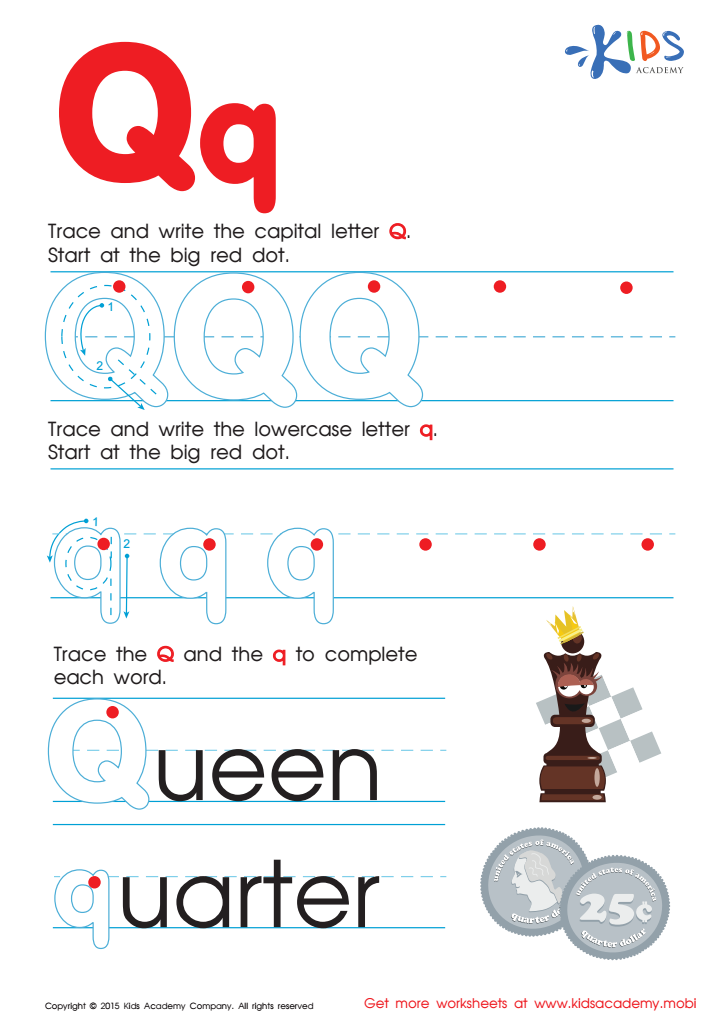

Letter Q Tracing Page
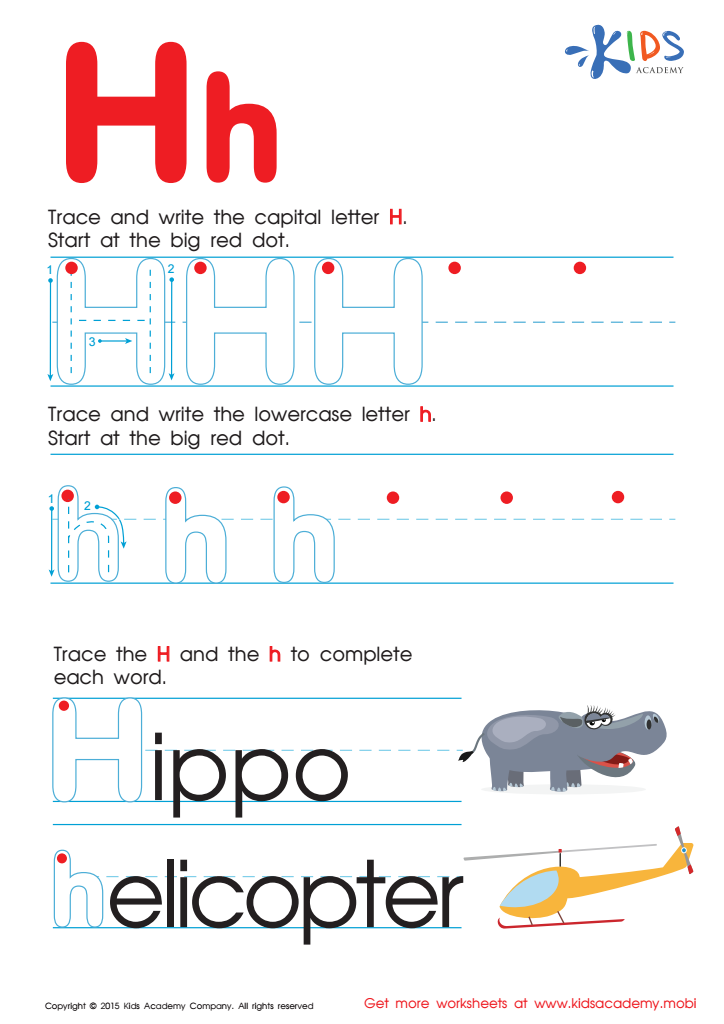

Letter H Tracing Page
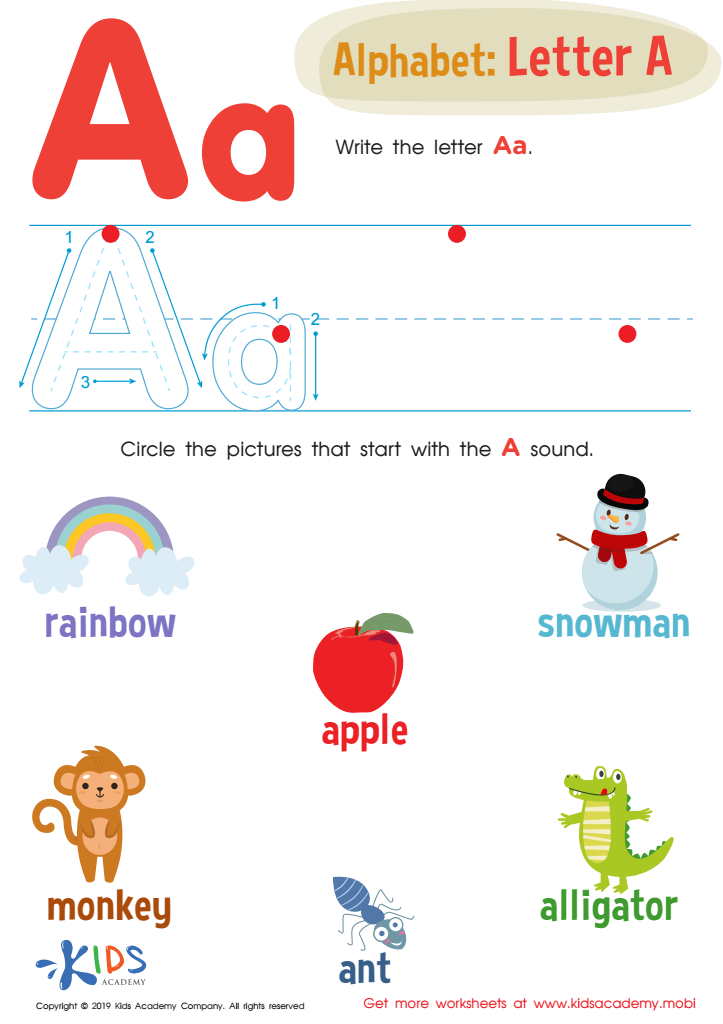

Letter A Tracing Worksheet
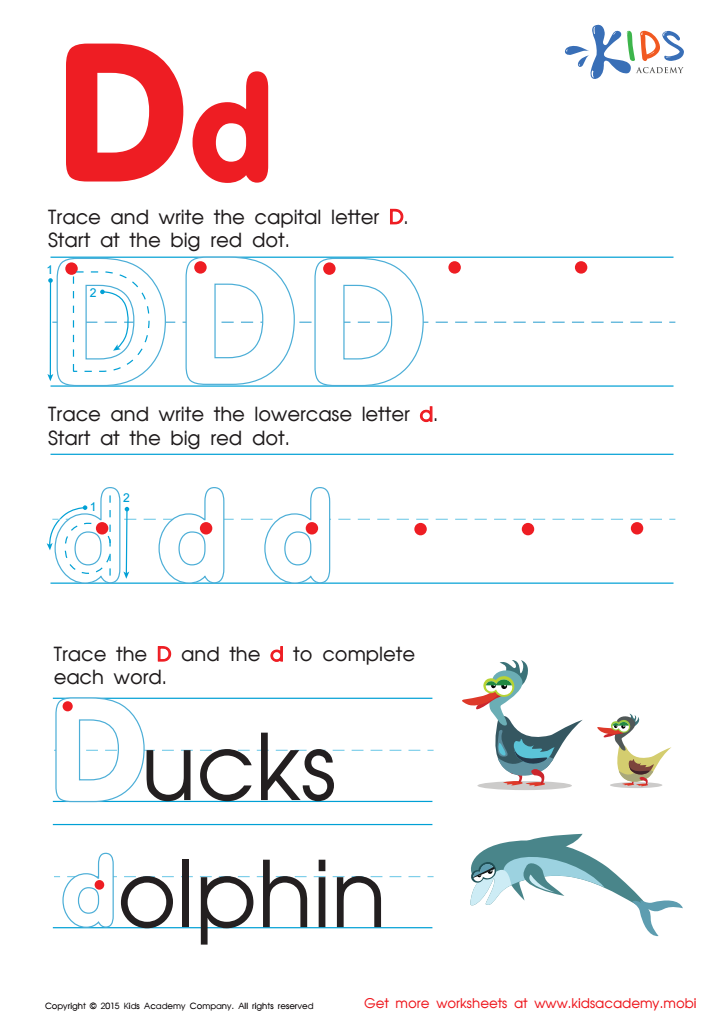

Letter D Tracing Page
Parents and teachers should prioritize alphabet tracing for children aged 5-6 because it lays the foundation for essential literacy skills. Engaging in tracing activities helps youngsters recognize and memorize the shapes and sounds of letters, which is critical for reading and writing readiness. Tracing aids in the development of fine motor skills by strengthening the small muscles in their hands and improving coordination, preparing them for future handwriting tasks.
Alphabet tracing also enhances cognitive development by encouraging focus, practice, and repetition. These activities embed the concepts of letter formation and sequencing in young minds, making the transition to writing smoother. Children who can recognize and print letters accurately gain confidence in their learning abilities, fostering a positive attitude towards education.
Moreover, letter tracing activities can be fun and engaging, often incorporating games, coloring, and interactive elements that motivate kids to practice regularly. This builds their attention span and patience, qualities beneficial not only in literacy but across all areas of learning.
Integrating alphabet tracing both at home and school ensures children receive consistent reinforcement, making it easier for them to progress at an optimal pace. Ultimately, dedicating time to this fundamental skill helps set the stage for academic success by establishing a strong literacy foundation early on.

 Assign to My Students
Assign to My Students









